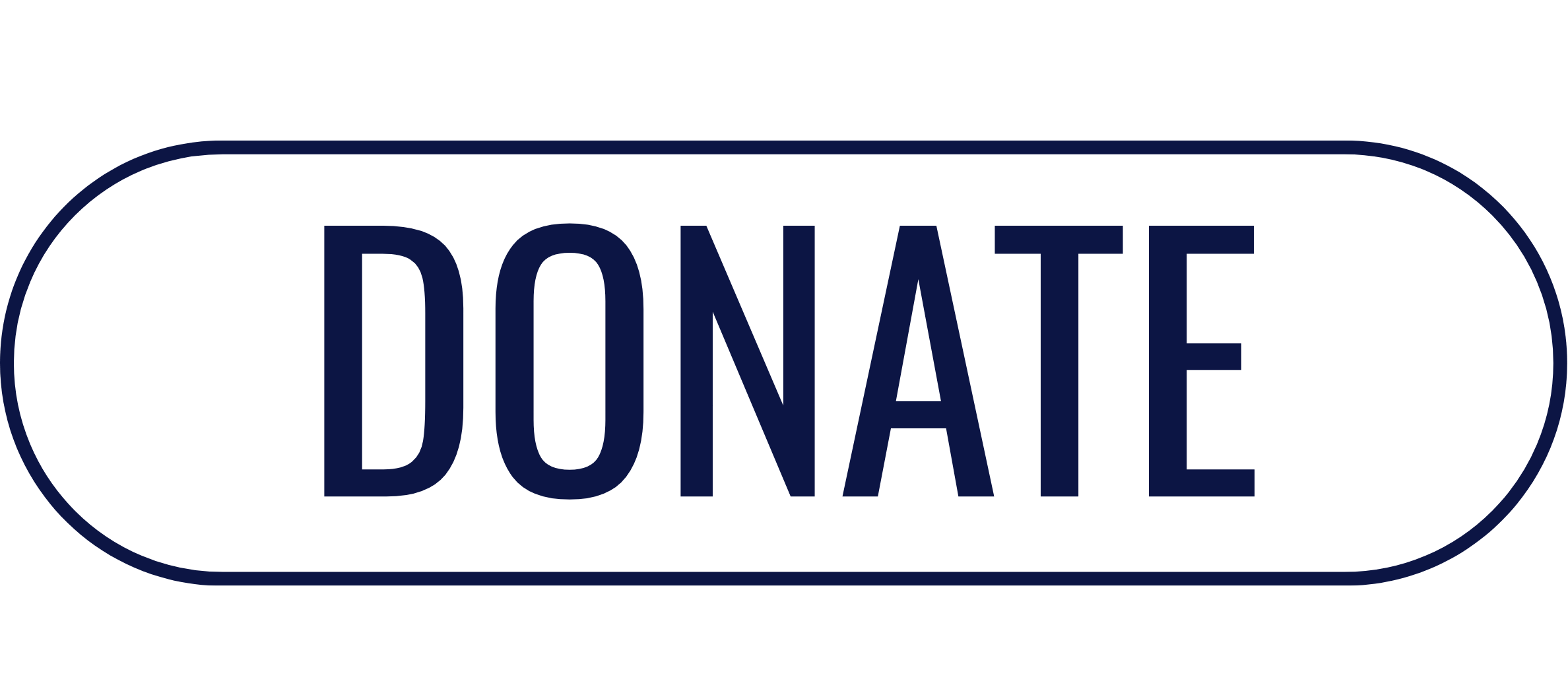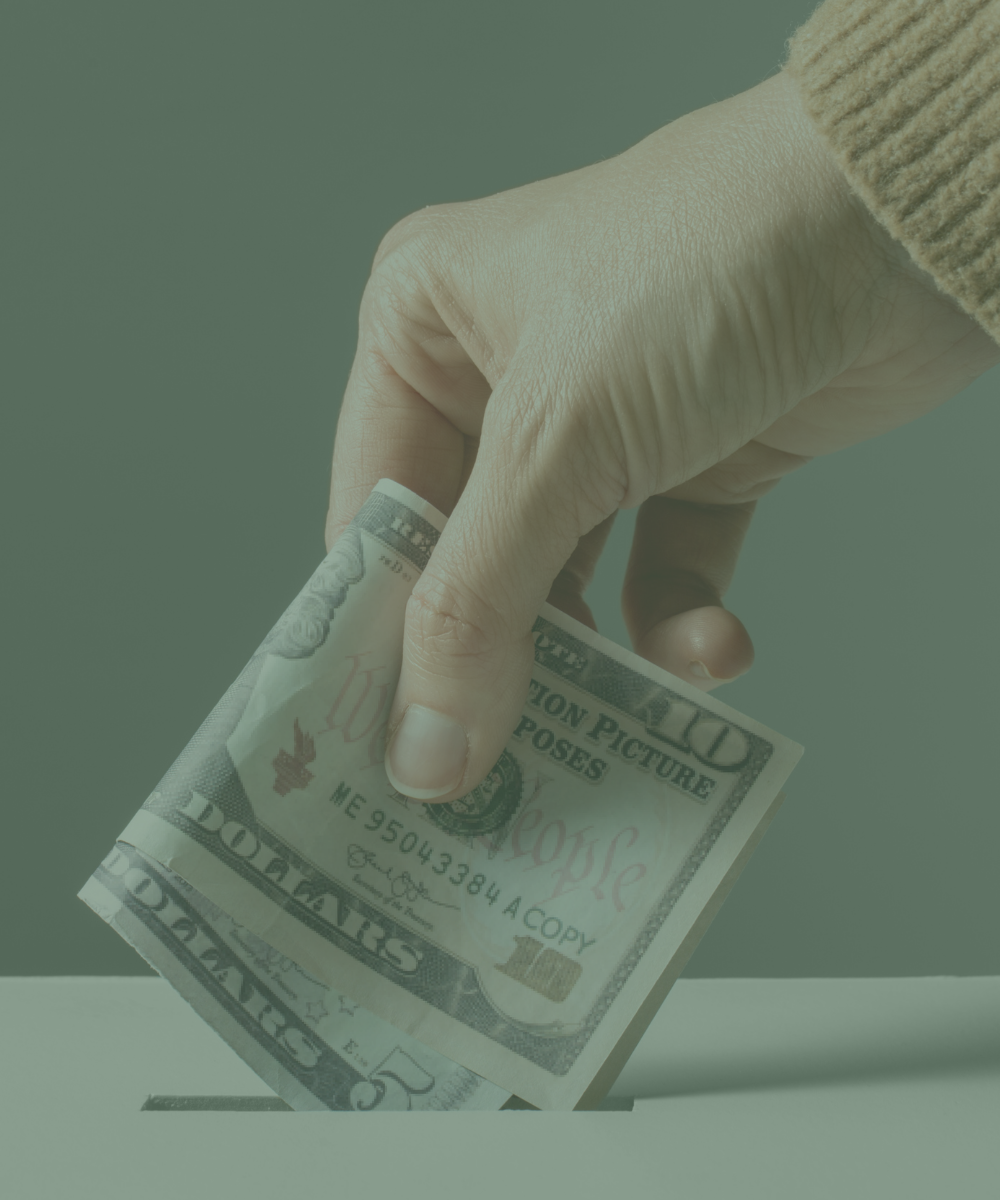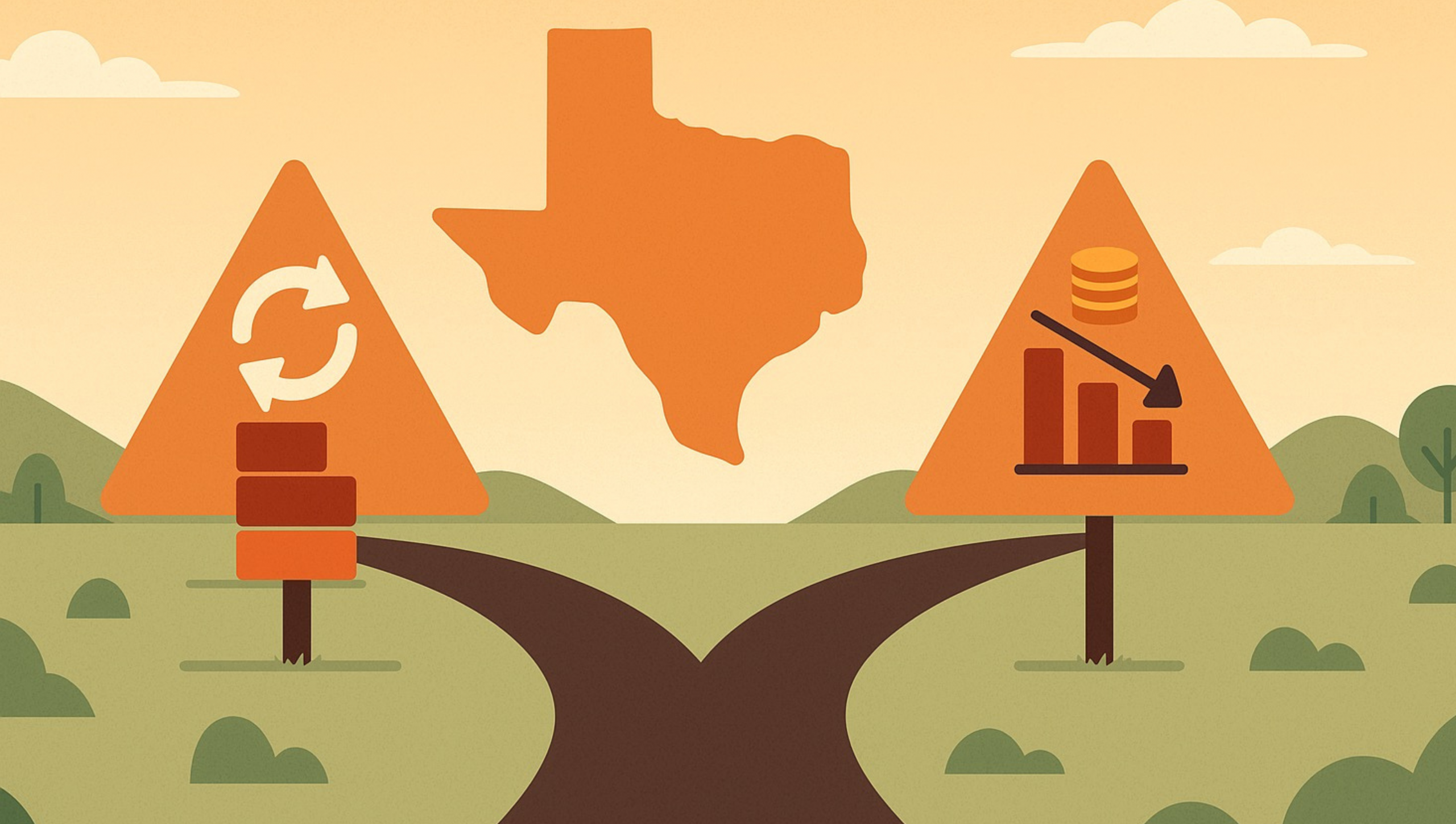Executive Summary
Texas continues to attract families and businesses from across the country, but government debt threatens to erode that incentive. According to the Texas Bond Review Board (BRB),1 local governments carried $330.9 billion in outstanding debt in FY 2024. The BRB’s published debt per capita is $8,627, ranking Texas behind only California and New York among the ten most populous states. By comparison, Florida’s is $4,623, and California’s is $10,243.
Local borrowing continues to grow faster than population and inflation because state property-tax limits ignore debt service and politicians’ desire to spend more. The result is higher property taxes, slower economic growth, and less trust in government. The problem isn’t a lack of revenue, it’s overspending at the local level.
How Local Debt Works and Why It Keeps Growing
Texas cities, counties, and school districts rely heavily on borrowing to fund local projects. The Bond Review Board reports that local debt now exceeds $330 billion, with school districts and cities accounting for about 70 percent. These debts create long-term property-tax obligations that rise as appraisals and interest costs increase.
Local governments use several types of debt:
- General-obligation (GO) bonds are backed by property taxes and require voter approval. When a city issues $100 million in bonds to build a new road or school, it pledges to raise property taxes as needed to repay that debt, often over 30 years.
- Revenue bonds are repaid from specific income sources such as tolls or water fees. They typically avoid voter approval but still affect taxpayers when revenues fall short.
- Certificates of Obligation (COs) and tax notes allow borrowing without an election. Initially intended for emergencies, many local governments now use them for routine projects such as parks or administrative buildings.
- School districts must meet the 50-cent test, which means they must show they can repay bonds with an I&S tax rate ≤ $0.50 per $100 valuation, but that limit applies only at issuance. School Districts can layer on new bonds over time, which is why they now owe about $130 billion, roughly 39 percent of total local debt.
- Some entities also issue capital appreciation bonds (CABs),2 which postpone payments for years and compound interest, often tripling total repayment costs.
The Texas Public Policy Foundation’s Just the Facts 2025 report3 shows that local debt in Texas has grown faster than population and inflation. My 2018 study on government spending and debt in Texas4 found that when borrowing outpaces the private economy, it crowds out investment, jobs, and opportunity. Every bond or CO is a promise to raise future property taxes. Because debt service is exempt from voter-approval limits, local governments keep borrowing and Texans keep paying more.
Why Property-Tax Limits Aren’t Enough
Texas’ Truth-in-Taxation5 laws cap how much local governments can raise maintenance and operations (M&O) revenue without voter approval. These limits have helped to marginally slow M&O growth, but do not apply to debt service (I&S). This loophole, and others, has turned borrowing into a substitute for restraint. Cities and school districts can issue new debt to expand spending while staying “under the cap.” This results in a shift of the burden of government spending to areas not covered by limits, if spending doesn’t slow down.
The Bond Review Board reports that local governments issued $43.7 billion in new debt in FY 2024 alone. This borrowing crowds out private investment, limits voter control, and drives up property-tax bills even when rates remain unchanged. Texas should extend the same discipline to all local revenues by adopting a comprehensive local spending limit that caps total spending from all income sources—M&O, I&S bond proceeds, and fees—to less than the rate of population growth plus inflation.
Texas fixed one leak in its fiscal roof with property-tax caps in 2019 and in subsequent sessions, but left another wide open. Until the cap covers all spending, local governments will keep borrowing, and taxpayers will keep paying for it.
What This Means for Texans
Local debt directly affects household budgets. Every time local governments borrow, they commit taxpayers to decades of payments with interest.
Higher Property-Tax Bills: Each bond adds a new I&S levy. Even if the rate stays flat, rising appraisals mean higher payments. If voters reject new bonds, those I&S rates must fall once old debt is paid off, which lowers property taxes.
Less Money for Core Services: Debt service consumes local budgets, leaving fewer dollars for teacher pay, road repair, and public safety. The TPPF report6 finds that many local budgets are now “so debt-heavy that flexibility to meet essential needs is disappearing.”
Slower Growth and Fewer Opportunities: My 2018 study7 showed that high levels of government borrowing reduce private investment and job creation. Every dollar used for interest payments is a dollar that could have funded business expansion or family savings.
Eroded Trust and Intergenerational Burdens: When officials use COs or tax notes after voters reject bonds, they undermine public trust. When they use CABs that defer costs for decades, they shift the burden to future generations. This “intergenerational taxation” weakens both accountability and fairness. Debt isn’t free—it’s just delayed taxation.
Better Ways to Fund Local Needs
The issue isn’t a lack of tools but a lack of discipline. Before taking on new 30-year debt, local leaders should consider practical alternatives that reduce costs and keep control local.
Spend Less and Set Priorities: Local governments should focus on essential services—public safety, infrastructure, and education—and eliminate programs that fall outside the purpose of limited government. Cutting nonessential spending reduces the need to borrow.
Pay-as-You-Go Funding: Governments can save for big projects rather than borrow. For example, a district could reserve $4 million annually to build a $40 million high school after ten years, avoiding tens of millions in interest. It takes patience, but it keeps taxes lower and finances stronger.
Lease-Purchase Agreements: For short-lived items like buses or equipment, lease-purchase agreements allow governments to use assets immediately and pay over five to seven years. This keeps borrowing flexible and avoids long-term obligations.
Public-Private Partnerships (P3s): A public-private partnership8 can bring private efficiency to public projects. The private partner finances or manages infrastructure, such as a water plant or broadband network, in exchange for user fees or performance payments. Partnerships should harness market forces, not replace them.
Local governments don’t need to pile on debt to meet community needs. They need to set priorities, save responsibly, and leverage the private sector with accountability.
Reforms Texas Needs Now
To restore fiscal honesty and protect taxpayers, Texas must implement:
Comprehensive local spending limits: The simplest alternative to new debt is spending discipline. Local budgets are filled with programs that have little to do with core services. Cutting nonessential items reduces the need for borrowing in the first place. Growth in government outlays crowds out private investment, so the best “bond alternative” is to keep spending limited to what’s necessary and effective. Cap total local spending growth at less than population plus inflation across all revenues—M&O, I&S bond proceeds, and fees—and direct excess taxes collected, known as “surpluses,” to lower tax rates or retire debt.
Zero automatic property-tax growth: Require voter approval for any increase in property-tax collections from existing property, with no exceptions.
Ballot truth on uniform November elections: Require clear disclosure of total repayment (principal and interest), tax-rate impact, and median-home cost on every ballot. Move all bond votes to November to ensure higher turnout and legitimacy.
Close the bypass: Restrict COs and tax notes to true emergencies and ban their use after failed bond votes.
Pay-as-you-go approach: Governments save for big projects instead of borrowing. For a new school building, a district could dedicate a small portion of annual revenues to a capital reserve fund each year. When enough cash accumulates, construction can begin without taking on decades of debt.
- Example: A district planning a $40 million high school could save $4 million annually for ten years, then build the school debt-free, avoiding tens of millions in future interest payments.
- Upside: Taxpayers avoid long-term obligations and keep control of their money.
- Trade-off: It requires patience and discipline — two traits often missing from government.
Lease-purchase agreements: For large but shorter-lived purchases, such as school buses or police vehicles, a lease-purchase agreement can make sense. These arrangements allow a city or district to use equipment immediately and pay over time, usually five to seven years, without locking in multi-decade property-tax commitments.
- Example: Instead of borrowing $10 million through a 20-year bond to buy 100 buses, a district could lease them for five years at a fraction of the total interest cost — then decide whether to renew, replace, or buy outright.
- Lease-purchase keeps capital decisions flexible and tied to actual needs rather than long-term forecasts.
Ban back-loaded debt: Eliminate or restrict CABs that defer payments and triple costs.
Public-private partnership: When done right, public-private partnerships (or P3’s) can align private innovation with public purpose. In a P3, the private sector designs, finances, builds, or operates an asset — such as a water plant or toll facility — in exchange for long-term payments or user fees. P3s get a bad reputation (and often rightly deserved) because of poorly structured deals that guarantee profits for contractors while leaving taxpayers with the risk — think toll roads where traffic projections were unrealistic. Partnerships should “harness market forces, not replace them.”9 The private sector can deliver infrastructure faster and cheaper when the incentives are aligned and taxpayers aren’t forced to foot the bill for failure. But P3s can work when guardrails are in place:
- Competitive bidding and full transparency on costs.
- Clear performance standards instead of open-ended subsidies.
- Private partners who bear genuine financial risk.
The Bottom Line
Local governments don’t need to pile on huge amounts of debt to meet community needs. They need to set priorities, save responsibly, and leverage the private sector without abandoning accountability. True fiscal responsibility begins with saying no to unnecessary borrowing and yes to smarter, market-driven solutions. These reforms promote transparency, accountability, and restraint, preventing debt from outpacing what Texans can afford.
The Economic Case for Change
Texas’ prosperity is built on limited government, low taxes, and economic freedom.
The TPPF analysis shows that debt in the state’s largest localities grew faster than population and inflation from 2013 to 2024, leaving Texans with the highest local debt per resident in the South. My 2018 paper found that excessive debt and spending divert private capital, suppress long-term growth, and reduce household income.
Every borrowed dollar represents resources taken from families and businesses that could have used them productively. Curbing local debt isn’t austerity—it’s accountability. It ensures that government growth never outpaces what Texans can afford.
Conclusion: Keeping Texas Free and Prosperous
Local debt in Texas now exceeds $330 billion and continues to rise. Weak property-tax laws that ignored debt encouraged borrowing instead of discipline. To protect taxpayers, state leaders must demand full transparency, close loopholes, and enforce real spending limits so all levels of government live within their means.
Texas should not trail behind California and New York in local debt per person. It should lead the nation in responsible governance, where families, not government, keep more of what they earn. If Texas acts now, it can protect its competitive edge and remain the best place to live, work, and raise a family—not because government spends more, but because it finally spends wisely.
- https://data.brb.texas.gov/local/
- https://data.brb.texas.gov/local/
- https://www.texaspolicy.com/wp-content/uploads/2025/04/2025-04-TPP-Just-the-Facts-Debt-FY-2024-QuinteroAndrews-002.pdf
- https://download.ssrn.com/18/05/18/ssrn_id3181024_code1883155.pdf
- https://comptroller.texas.gov/taxes/property-tax/truth-in-taxation/index.php
- https://www.texaspolicy.com/wp-content/uploads/2025/04/2025-04-TPP-Just-the-Facts-Debt-FY-2024-QuinteroAndrews-002.pdf?utm_source=chatgpt.com
- https://download.ssrn.com/18/05/18/ssrn_id3181024_code1883155.pdf
- https://www.texaspolicy.com/texas-ought-to-use-federal-funds-wisely-consider-public-private-partnerships/
- https://download.ssrn.com/18/05/18/ssrn_id3181024_code1883155.pdf
Texans for Fiscal Responsibility relies on the support of private donors across the Lone Star State in order to promote fiscal responsibility and pro-taxpayer government in Texas. Please consider supporting our efforts! Thank you!
Get The Fiscal Note, our free weekly roll-up on all the current events that could impact your wallet. Subscribe today!




